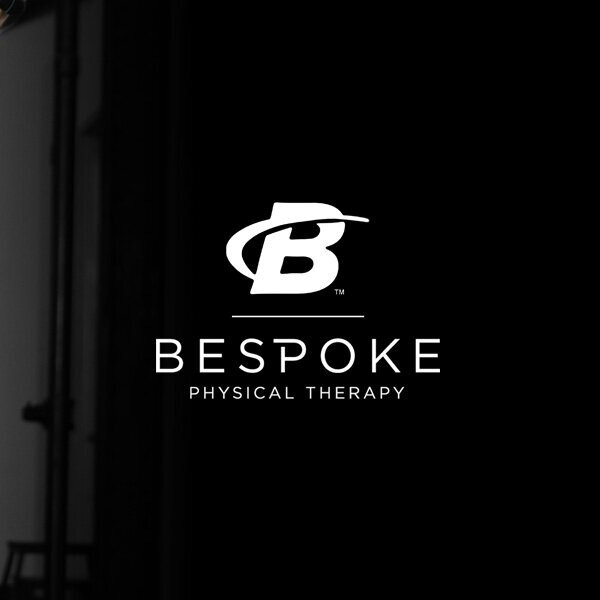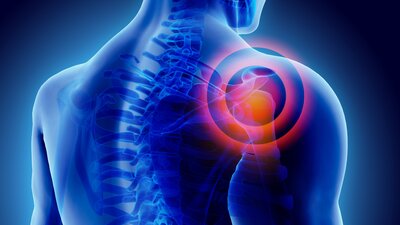The shoulder is an incredibly strong and mobile joint, but it is prone to getting stiff from everyday life, and can get unstable after injury. To achieve optimal shoulder function, it is therefore necessary to mobilize where there are limitations in movement, and stabilize where there are vulnerabilities in movement.
The shoulder is a ball and socket joint capable of movement in all planes of motion, but unlike the hip, it has a relatively shallow socket. When combined with the mobility of the shoulder blade, neck, and thoracic spine, the shoulder is capable of extreme ranges of motion.
This structural instability is minimized through the use of the rotator cuff. The rotator cuff is a collection of four muscles that contract to keep the shoulder firmly attached to the socket. In addition to the rotator cuff, the shoulder is supported by the scapular muscles that assist the shoulder blade in moving with the shoulder. These muscles are essential for shoulder function, and need to be included in training programs.
Removing Limitations
The first step in improving shoulder function is to remove range of motion limitations. These limitations commonly come from the soft tissues and joints of the thoracic spine, shoulder blade, and shoulder, though other areas can contribute to stiffness as well. These muscles can be down regulated through the use of a foam roller or massage ball. Slowly rolling out these areas for roughly two minutes can help relax the area, allowing for greater flexibility.
While the foam roller helps with relaxation, in order to increase flexibility it needs to be followed up with mobilizations for the area. This involves taking the joint or muscle, and moving it through its new range of motion. So if the muscles surrounding the thoracic spine were rolled because they were limiting movement, the next step would be to mobilize them into extension. This should be done for repetitions of fifteen to twenty, working into deep non painful stretches.

Stabilization and Activation
Once the limitations in range of motion are removed, the shoulder needs to be activated and stabilized. Activation exercises help bring awareness to muscles that are essential for function, and stabilization exercises help with ranges of motion that lack control. Common muscles to address here are the scapular muscles and the rotator cuff muscles. These should not be fatiguing, but should instead feel primed for a training session.
Use Those Shoulders
Lastly, it is important to integrate the new mobility and control into functional strength exercises. These exercises should be functional in that they are exercises that use the shoulder through its foundational movements of pushing, pulling, or a combination of the two. The goal should also be to increase strength, so challenging resistance should be used.
This sequence of joint and tissue mobilization, followed by activation and stabilization, and finishing with functional strength training is an excellent progression to both improve the health of your shoulder as well as boost your performance in the gym. For a complete program to improve your shoulders, check out the Complete Shoulder Prep Program by BeSpoke Physical Therapy on the BodyFit app. This can be an excellent supplement or standalone program for improving shoulder function.

